|
The Sunda flying lemur (Galeopterus variegatus) is a species of colugo which is found only in the Philippines, the Sunda flying lemur is not a lemur and does not fly. Instead, it glides as it leaps among trees. It is strictly arboreal, is active at night, and feeds on soft plant parts such as young leaves, shoots, flowers, and fruits. After a 60-day gestation period, a single offspring is carried on the mother's abdomen held by a large skin membrane. t is a forest-dependent species.
The Sunda flying lemur is protected by national legislation. In addition to deforestation and loss of habitat, local subsistence hunting poses a serious threat to this animal. Source: Natural Selection en.wikipedia.org
0 Comments
By guest blogger: Katey Duffey "Eagles are not kindly birds. Some are cowardly and cruel. But the ancient race of the northern mountains were the greatest of all birds; they were proud and strong and noble-hearted.” -J.R.R. Tolkien, The Hobbit Photos: imgur.com Ah!, the Great Eagles of Middle-earth. They are both the welcomed last minute saviors of the stories’ heroes, swooping in just when all hope seems to be lost, and the subject of a debated plot-hole where The Lord of the Rings fans find themselves yelling at Frodo’s fellowship “Take the eagles to Mt. Doom! Weren’t you paying attention to Gandalf when he said ‘Fly, you fools!’?” However, if the beloved characters did take the birds from the start, there would be no hardships and good fortune, no chance of discovering strange places and even stranger beings. There would be no adventure, no story… As immortal as the Elves, the Great Eagles served as messengers and guardians of life within Middle-earth. They were highly intelligent, keen of sight and possessed the ability to speak (though remained stoically silent in the films). The most notable of these huge raptors was Thorondor, the “Lord of Eagles”, who was described as having a wingspan of thirty fathoms (180 ft or 59.86m). During the ages, the great Eagles fought alongside Elves and Men in the wars against the forces of Morgoth. Although the Eagles seem to be depicted as Golden eagles in both a painting by Tolkien and in Peter Jackson’s films, there is no concrete evidence in the text of the books that indicates this was the actual species. However, fans associate the giant birds of prey mostly with Golden eagles based on the current interpretations of their appearance. 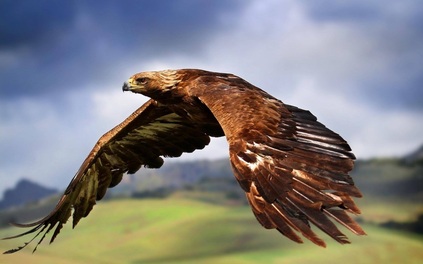 Photo: adlayasanimals.files.wordpress.com Photo: adlayasanimals.files.wordpress.com Golden eagles are one of the most globally distributed species of raptors. They range throughout the majority of the northern hemisphere: North America, Europe, and much of Asia. These eagles inhabit open plains, deserts, tundra, and rocky mountain terrain. Perhaps it is their wide distribution and commonality that Golden eagles were chosen as the inspiration for the Great Eagles of Middle-earth. They seem to look like the stereotypical eagle that many people would envision. Among the top five largest eagle species, Golden eagles can have a wingspan of up to 2.34m (8ft), and weigh up to 6.35kg (14lbs). With great size comes great power, and a large female can have a talon grip strength of 450psi. That’s enough force to crush into sheet metal! Although they mainly prey on small or medium animals such as rabbits, ground squirrels and marmots, they are perfectly capable of taking down larger prey. In fact, Golden eagles have been known to bring down cranes, livestock, deer, mountain goats, and bobcats! 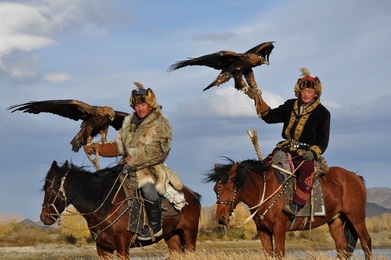 Photo: Eagle hunters, pixshark.com Photo: Eagle hunters, pixshark.com It is the strength and aggression of Golden eagles that have resulted in the use of them in traditional falconry in Mongolia, Kazakhstan and Kyrgyzstan for centuries. Female eagle chicks are removed from the nest just before fledging, and are hand-raised for several years by an eagle hunter. This gender is chosen because they are more aggressive than males, said to be more intelligent and are also larger. The bond between man and eagle is revered as the ultimate relationship in falconry, and training methods are generally passed down from father to son. If there are no sons, then the tradition is passed onto a daughter. In the winter, hunters may even use their eagles to hunt wolves! Considering the ability for Tolkien’s Great Eagles to dispatch the massive wolf-like Wargs, the ability for Golden eagles to do the same, but on a much smaller scale, only adds to the impressiveness of the birds. However, attacking a large canine, no matter how powerful or fierce an eagle is, does not come without risk. It is for this reason that several eagle hunters will release their birds to work as a team. After several years of working with its master to catch prey for food and warm furs, an eagle is then released back into the wild. This actually helps the wild population by giving some birds the ability to grow strong and healthy, allowing a chance for the next generations to inherit the traits that made the veteran hunters successful. Like the Great Eagles of Middle-earth, the Golden eagles of Planet Earth cannot be fully tamed. It is always to the high reaching thermal air currents of the wild that these magnificent birds will long to be. “Farewell! Wherever you fare, ‘till your eyries receive you at the journey’s end!” ~Great Eagles “May the wind under your wings bear you where the sun sails and the moon walks.” ~Gandalf - J.R.R. Tolkien, The Hobbit References Lotr.wikia.com/wiki/Great_Eagles Tolkiengateway.net/wiki/eagles www.allaboutbirds.org/guide/Golden_Eagles/ globalraptors.org/grin/speciesresults.asp?specID=8162 Robinson, C. 2010. Mongolia: Nomad Empire of Eternal Blue Sky. Odyssey Books and Guides. Pp. 352-360.
Photos source: Rainforest Journeys ( Model of the species) Photos: www.arkive.org
" El amor por todas las criaturas vivientes es el más noble atributo del hombre" - Charles Darwin "El Senado de la República aprobó reformas a la Ley General del Equilibrio Ecológico y la Protección al Ambiente y a la Ley General de Vida Silvestre para prohibir el uso de animales silvestres en los circos de México."
Después de aprobada esta ley, hay muchas preguntas que necesitan respuesta, es por eso que formulo estas 10 ante tan publicitada ley: 1. ¿Alguien pensó en las consecuencias de esta ley? 2. ¿Saben cuántos animales serán afectados por esta ley? 3. ¿Cuántas familias se quedaron sin trabajo y sin un ingreso fijo para vivir? "Alrededor de 4 mil animales que eran utilizados en los circos de México, serán sacrificados después de ser aprobada la Ley Animal que prohíbe el uso de los animales en circos y debido a la falta de espacios para su conservación acabarán con su vida. Esta ley promovida por el Partido Verde y por las sociedades protectoras de animales o más bien "pseudoprotectoras", no previó qué pasaría con los animales una vez que fueran liberados de la industria circense ya que no contemplaron crear espacios para su conservación." 1 4. ¿Dónde están todas aquellas personas que con pancartas y disfrazados de animales pedían que se terminaran los circos? ¿ Dónde están las asociaciones protectoras de animales? 5. ¿Dónde están todas las personas que votaron a favor de esta ley? ¿Qué están haciendo aparte de lavarse las manos? "Los propietarios de los circos han intentado vender a los animales a distintos zoológicos pero debido a la falta de recursos, así como al alto precio que tienen y a lo costoso que resulta mantenerlos es difícil que alguien se haga cargo de las distintas especies, lo menos complicado es comprarlos pero el mantenerlos y el alimento que necesitan resulta costoso" 1 6. ¿Cuál es el destino de todos esos animales? , al menos cuando había circo mal comían o comían y alguien se hacia cargo de ellos. "Esta ley animal es “estúpida y equivocada”, ya que regresar a los animales a su entorno natural no es una opción, porque la mayoría de ellos han sido criados en cautiverio desde su nacimiento, y esto sería dejarlos morir poco a poco." 1 “Hay leyes equivocadas, que las voten a favor no quiere decir que sea lo correcto, ésta es una ley populista, a los animales ya no los van a maltratar, ahora los van a matar" - Alberto Hernández propietario del zoológico de Aldama 1 El problema no eran los circos con animales, el problema era que no existían leyes que prohibieran el maltrato hacia los animales y regularan el uso de éstos para propósitos de entretenimiento, sin castigar a los implicados. "¿Qué es lo que nosotros hemos buscado? Un circo sin animales para que no los tengan viviendo en condiciones que van contra natura a las especies señaladas, animales silvestres como lo van poder ser tigres, leones, elefantes, gorilas, que muchas veces los tienen ahí, que son maltratados de manera salvaje, y como se ha podido dar cuenta a través de diversos medios de comunicación y en redes sociales, como un oso al cual le mutilaron la mandíbula y por más esfuerzos que intentó hacer ya el Estado Mexicano cuando lo rescató, perdió la vida" - senador del PVEM, Carlos Alberto Puente Salas 2 8. ¿Entonces es preferible cerrar los circos e igual dejar que se mueran los animales como consecuencia de esta ley?, total es lo mismo. 9. ¿Recibió algún castigo la persona que le quitó la mandíbula al oso? ¿Hubo alguna sanción para el dueño del circo? 10. ¿Cuántos senadores y diputados que aprobaron esta ley van a donar dinero de sus muy altos ingresos para mantener o adoptar a un animal de los muchos existentes en los circos? , ah!! ...... y no pueden decir que no hay dinero, ¿por qué quién pagó toda la publicidad (espectaculares, spots de televisión y radio) en donde se ha presumido la buena acción de quienes propusieron y aprobaron dicha ley. ¡Qué lástima que los animales no tienen voz ni voto en esto, al ver que les cerraron su fuente de trabajo y su posibilidad de alimentación y techo, condenados a morir de una u otra forma! Debemos entender que el cuidado del medio ambiente, los animales y la ecología no es una moda pasajera , es conocimiento y práctica permanente que solamente se puede solucionar cuando realmente estemos interesados y estemos educados de manera seria en ese sentido. Fuentes: 1. eldiariodechihuahua.com.mx 2. noticieros.televisa.com
 Photo source: dailymail.co.uk Photo source: dailymail.co.uk The Golden Snitch or simply the "Snitch" , is the third and smallest ball used in Quidditch. It is a walnut-sized gold-coloured sphere with silver wings. It flies around the Quidditch field at high speeds, sometimes pausing and hovering in place. The Seeker's goal is to catch the Snitch before the other team's seeker, which is worth one-hundred and fifty points. The game can only end when the Snitch has been caught, or by mutual agreement of the two teams' Captains; the latter is very rare, however, as one team would have to lose..... but if you are a Harry Potter fan like me, you probably already knew that. 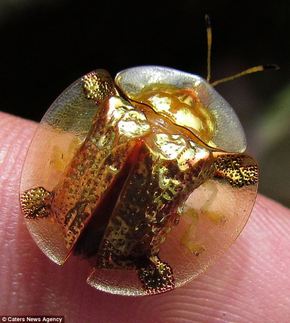 Photo source: www.dailymail.co.uk Photo source: www.dailymail.co.uk Photos source: www.dailymail.co.uk ,harrypotter.wikia.com At first glance this beetle, looks like the flying golden snitch that Harry Potter chased while playing quidditch, but in fact this amazing insect is an amazing unique color-changing beetle. The golden tortoise beetle (Charidotella sexpunctata) is 5 to 7 millimeters in length, and it belongs to the Chrysomelidae family. The Golden Tortoise Beetle, can change color and can even alter its reflectivity. Its external margins are expanded and lack pigmentation, becoming nearly transparent, the color changes seasonally, and the beetle can change color when threatened by changing the flow of fluid between the layers of its cuticle. It turns from shiny gold to dull brown when disturbed. Scientific classification Kingdom: Animalia Phylum: Arthropoda Class: Insecta Order: Coleoptera Family: Chrysomelidae Genus: Charidotella Species: C. sexpunctata Sources: dailymail.co.uk harrypotter.wikia.com Murray, T. Golden Tortoise Beetle. Garden Friends and Foes. Washington State University, Whatcom County Extension. Photos: Kristen Marhaver
Most of the Caribbean’s coral reefs are in bad shape, victims of overfishing, sewage and fertilizer pollution, disease, rising temperatures, and reckless coastal development. But corals are deeply important for humans everywhere, not least because they are a source of food, they protect shorelines, generate tourism revenue and provide chemical diversity through which scientists are discovering new medicines. La mayoría de los arrecifes de coral del Caribe se encuentran en mal estado, víctimas de la sobrepesca, la contaminación de aguas residuales y fertilizantes, las enfermedades, el aumento de las temperaturas y el desarrollo costero imprudente. Pero los corales son profundamente importantes para los seres humanos en todas partes, no menos importante, ya que son una fuente de alimento, que protegen las costas, generan ingresos por turismo y proporcionan diversidad química a través del cual los científicos están descubriendo nuevos medicamentos. Read more
By guest blogger: Katey Duffey
The Rise and Fall of North America’s Large Wolves (Mid-Late Pleistocene: Rancholabrean Age) Following a pre-historic, wolf-like species called Canis ambrusteri were three large wolf-like species. In South America, C. gezi and C. nehringi appeared, while C. dirus evolved in North America during the late Pleistocene. Contrary to popular belief, the modern grey wolf did not evolve from the dire wolf. It evolved in Eurasia from a different wolf-like ancestor, most likely C. mosbachensis, before crossing the Bering Strait land-ice bridge. The dire wolf is often described as being a more robust version of the modern wolf. It had a broader and thicker skull, deep jaws, and massive teeth with enlarged carnassials. Many researchers suggest that dire wolves had substantial bone crushing power comparable to that of hyenas. This, coupled with their shorter, stockier limbs, indicates a possible scavenging behavior as a method of feeding. However, in areas of more tropical habitats, dire wolves would have been more of a pursuit-predator, hunting Bison, Equus and camelids. The evolution of the dire wolf is considered to be one of the most dramatic events for the genus Canis. It appeared fairly suddenly in evolutionary terms, and was not only the largest Canis species, but had larger populations than any other members of the genus. This includes extant (still living) members. It is also the most common fossil of a canid throughout North America. It survived between 130,000-10,000 years ago during the end of the Rancholabrean period of the late Pleistocene and the beginning of the Holocene epoch. Fossils have been found in over 100 sites, with several sites in South America as well. Southern Alberta, Canada is estimated to be the most northern locality of the occurrence of dire wolves, though some argue those remains belong to early gray wolves. Meanwhile, southern Bolivia is the furthest southern locality. Presently, there are 10 Mexican locations of fossil records. These southern records include the ancestor C. ambrusteri, as well as C. gezi and C. nehringi within tropical deposits. Regardless of its exact range, dire wolves became extinct approximately 8,000 years ago, along with the megafauna of the late Pleistocene. During the era of dire wolves, Cope’s rule applied. Cope’s rule is the development of larger sized bodies, which is a result of enhancing the ability to capture large prey and avoid predators. It also helps improve thermal efficiency and reproductive success in cooler climates. Predator size is correlated with alterations of prey size. North America is documented as having some of the largest land mammals between the late Pleistocene and early Holocene. This trend can be responsible for the extinction of a species as well, especially mammals. Another possibility is that dire wolves could not compete with the leaner, swifter red wolf and grey wolf to pursue the increasingly smaller, more agile prey species dominating the ecosystem. It is also possible that it was out competed by the arrival of human hunters for larger prey. References
Anyonge, W. & Baker, A.(2006). Craniofacial morphology and feeding behavior in Canis dirus, the extinct Pleistocene dire wolf. Journal of Zoology, 269: 309-316. Garrido, G. & Arribas, A.(2008). Canis accitanus nov. sp., a new small dog (Canidae, Carnivora, Mammalia) from the Fonelas P-1 Plio-Pleistocene site (Guadix basin, Granada, Spain). Geobios, 41: 751-761. Hodnett, J.P.M., Mead, J.I. & Baez, A.(2009). Dire wolf, Canis dirus (Mammalia; Carnivora; Canidae), from the late Pleistocene (Rancholabrean) of East-Central Sonora, Mexico. The Southwestern Naturalist, 54(1): 74-81. Nowak, R.M.(2003). Wolf Evolution and Taxonomy. In Wolves: Behavior, Ecology, and Conservation. Mech, L.D. & Boitani, L. (eds), University of Chicago Press, Chicago, IL, pp. 240-248, 356-357. Sotnikova, M. & Rook, L.(2010). Dispersal of the Canini (Mammalia, Canidae: Caninae) across Eurasia during the late Miocene to early Pleistocene. Quaternary International, 212: 86-97. Van Valkenburgh, B., Wang, X. & Damuth, J.(2004). Cope’s rule, hypercarnivory, and extinction in North American canids. Science, 306: 101-104. Wang, X. Tedford, R. Van Valkenburgh, B. & Wayne, R.(2007). Evolutionary history, molecular systematics,and evolutionary ecology of Canidae. In The Biology and Conservation of Wild Canids. Macdonald, D. & Sillero-Zubiri, C. (eds), Wildlife Conservation Research Unit, University of Oxford, pp.39, 45-53. |
Blog Archive
|
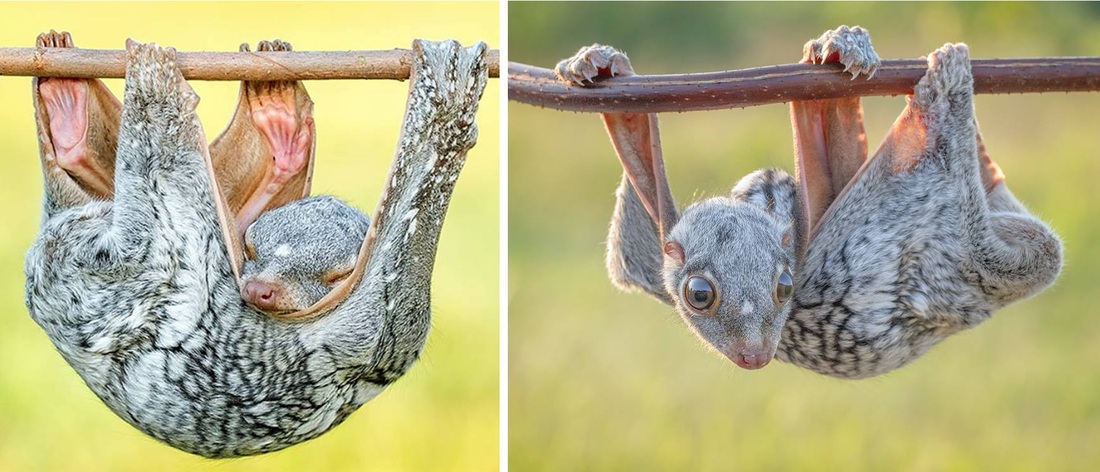

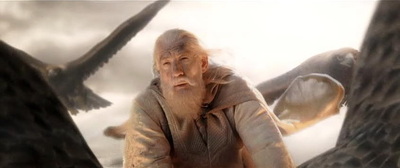
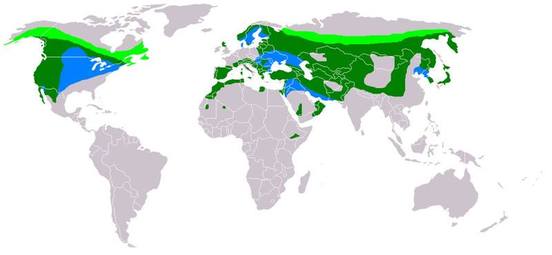
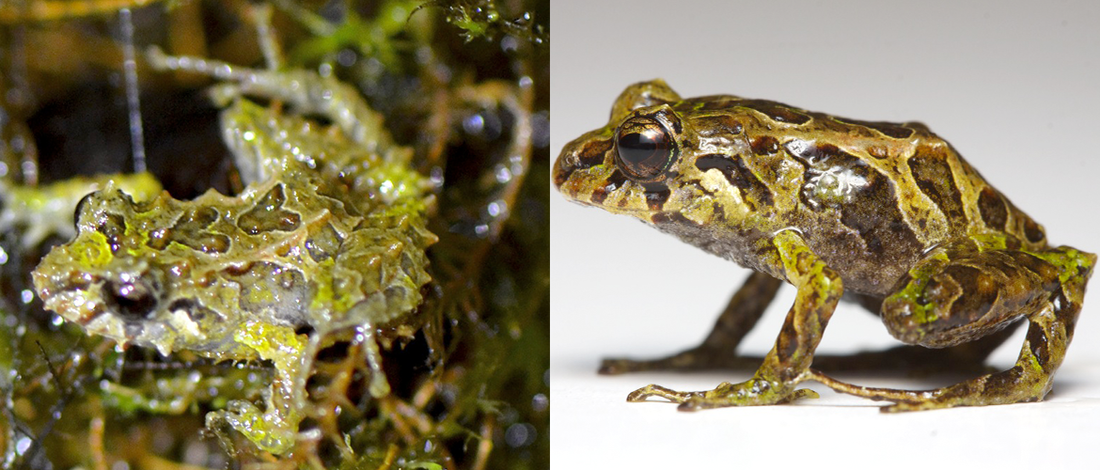
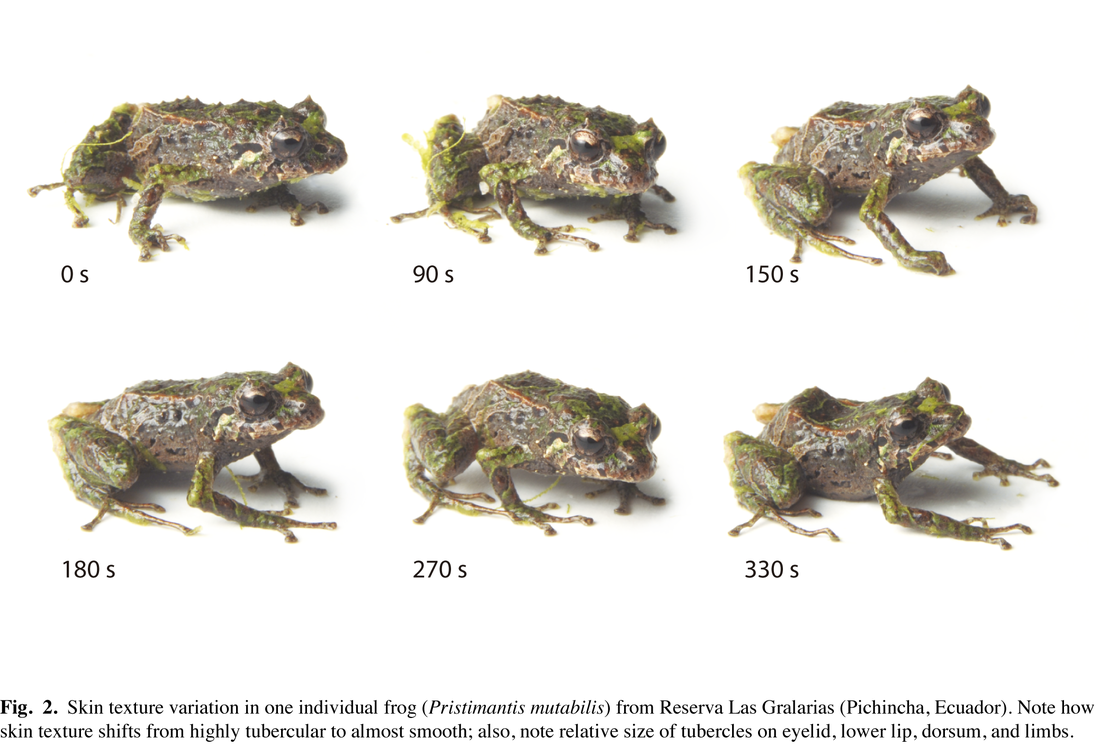

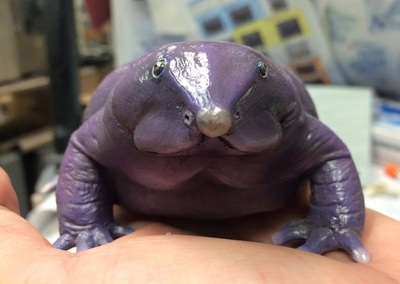
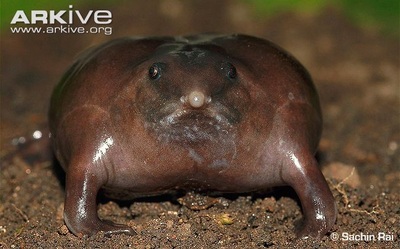
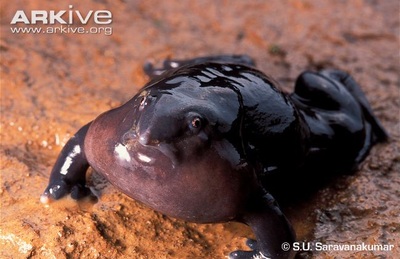
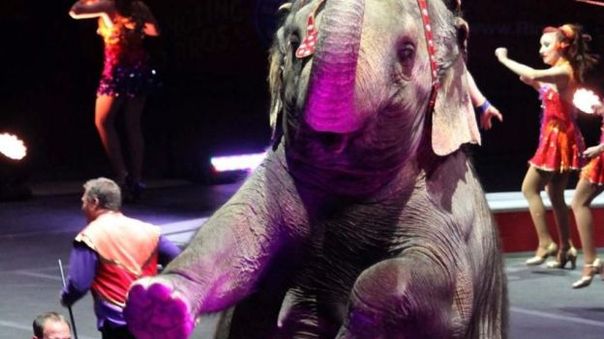
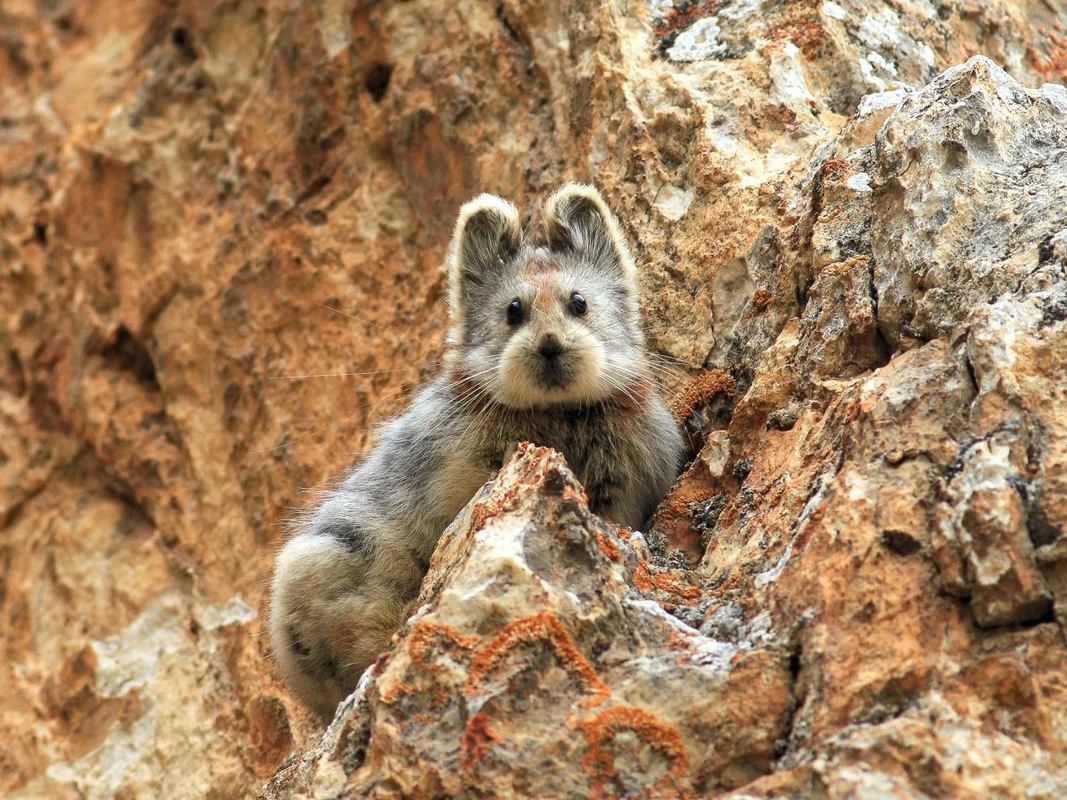
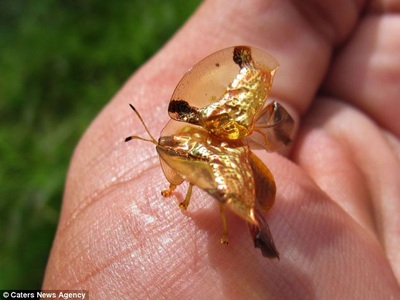
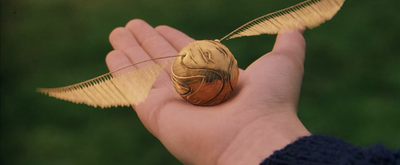
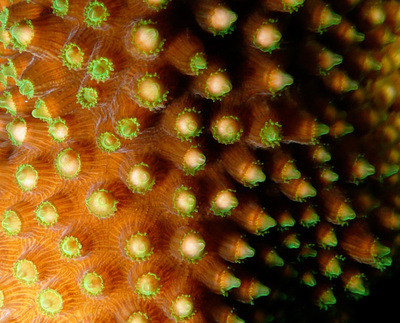
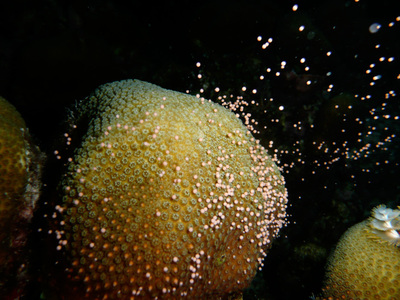
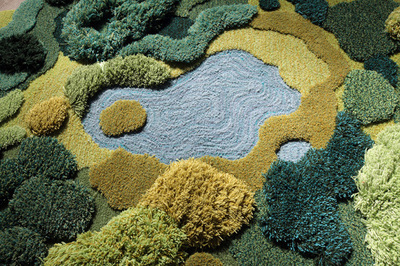
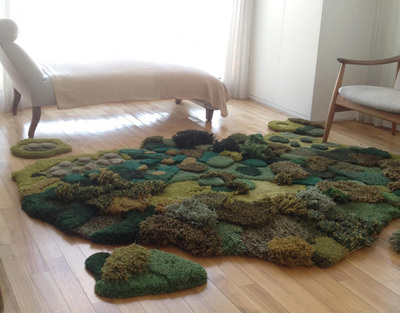


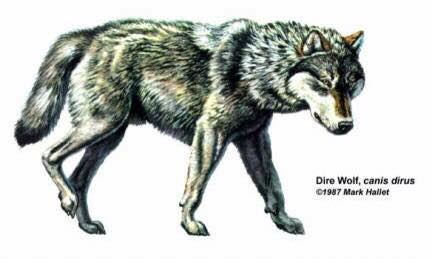
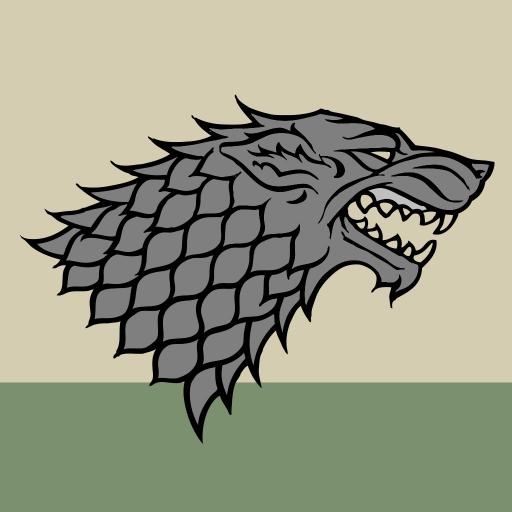
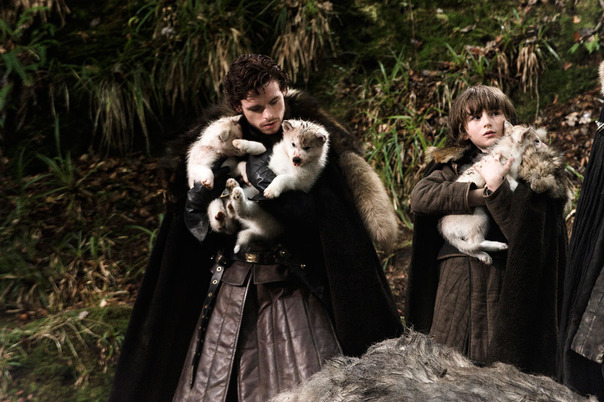

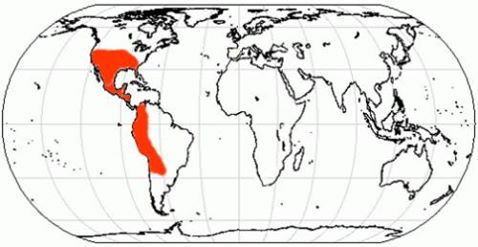
 RSS Feed
RSS Feed
